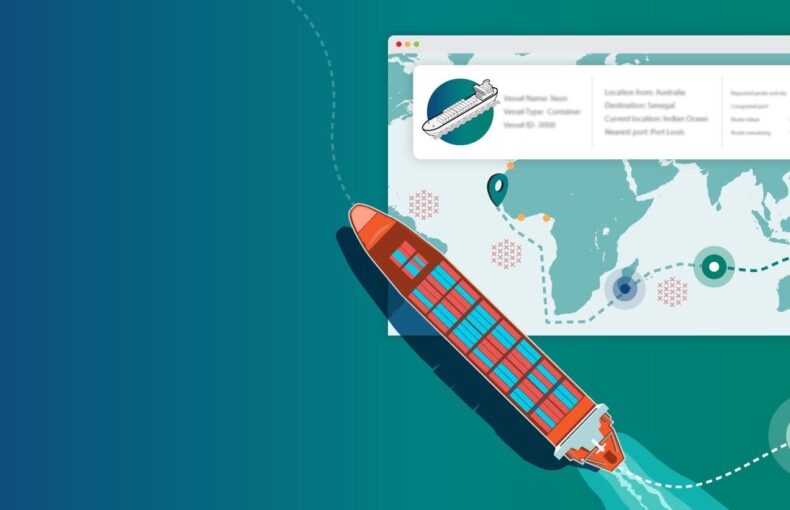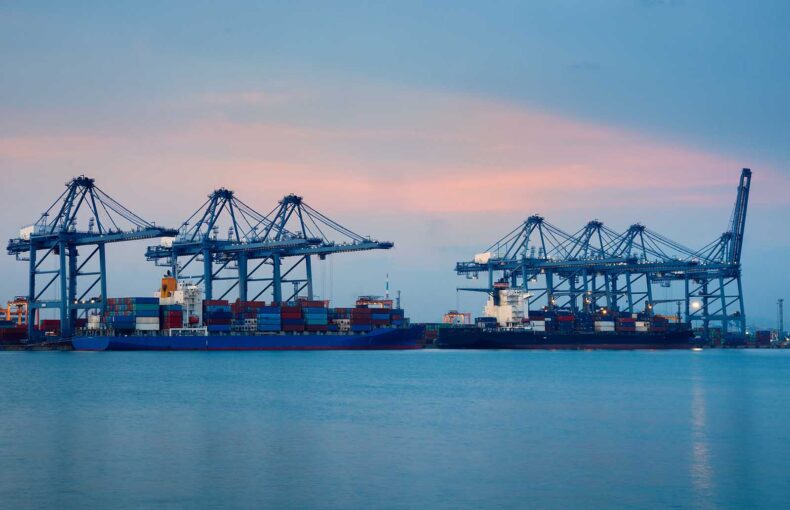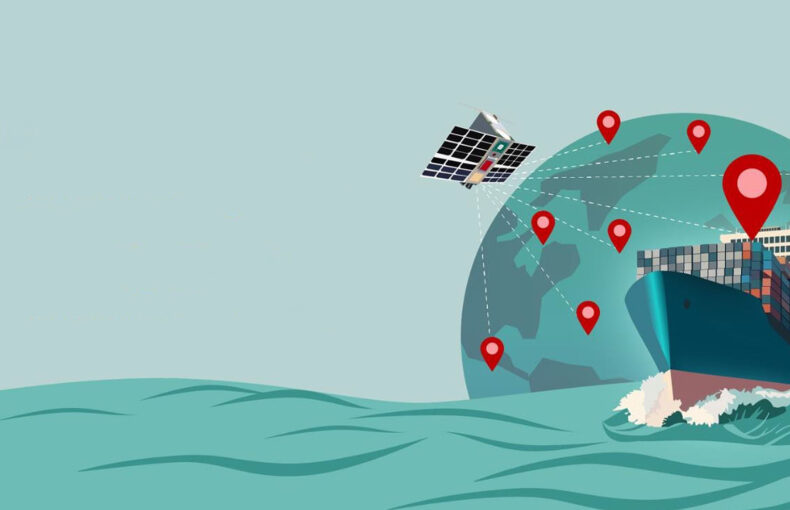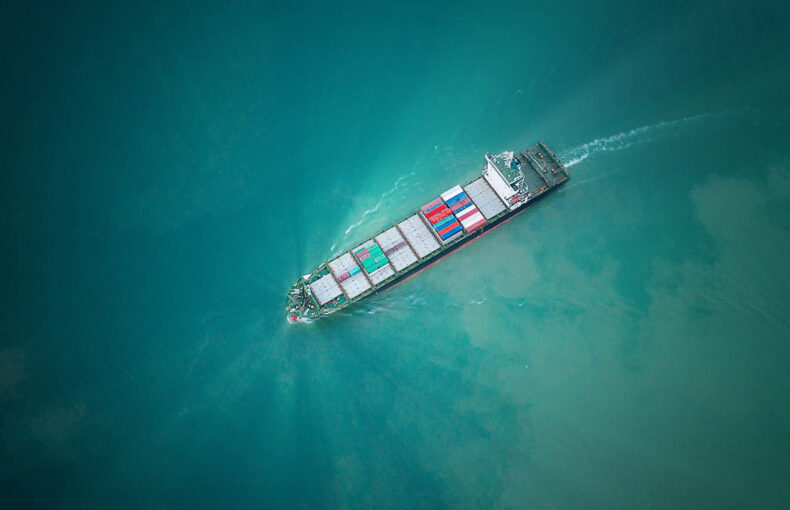Maritime optimization with big AIS Data
Big data is a tool like no other. It doesn’t offer the opportunity to remake the world; it does empower the refining of it.
Shipbuilding is an ancient craft. It’s long been ingenious, vital, and profoundly important to economic development. And though specific types of vessels were designed for specific tasks, at some point “one size fits all” had to be settled on. Clipper ships, dhows, bulk carriers, and roll-on/roll-offs (ro-ros) were all developed to serve specific shipping needs.
But the further refinement that big data provides, fueled in part by the accumulation of historical automatic identification system (AIS) data points over the last decade, is pushing the envelope of just how bespoke ship design can be. AIS data now plays an integral role in vessel performance optimization, including refining ship design to meet the requirements of not just specific sectors, but particular shipping routes and ports. Incorporating AIS data into design decisions is now at the forefront of shipbuilding.
Likewise, optimizing the routing and management of vessels when traversing high-traffic corridors is a longstanding art. But the wealth of information that has come online from the collection of AIS data has drastically expanded the inputs available to better manage the flow of ships around the globe. This includes aspects like improving fuel economy, avoiding delays in port, and making the best decisions regarding approaching weather systems.
Gathering macro data

Since AIS was first introduced in the 1990s as a land-dependent safety protocol to make ship collisions less likely in busy waterways, it has exploded in capabilities and coverage. Much of this is due to the power of miniaturized satellites having been unleashed, which made a burgeoning technology first concentrated on only the busiest shipping corridors—and with crucial infrastructure based on land—into a tool that can track vessels from the moment they leave a port until they dock at their destination on another continent. A tool that was initially developed to improve real-time, localized, on-the-water safety quickly expanded into a data-gathering mechanism that has a wide variety of uses. Today, AIS data not only improves safety but also aids in the planning, design, and operation of the shipping industry as a whole.
There is now a robust industry that has grown up around the best practices of not only gathering AIS data but the many ways such information can be utilized. AIS data has, during the course of the 21st century, become the bedrock of the maritime analytics field.
An essential aspect of this advance is the concurrent radical expansion of artificial intelligence capabilities, including machine learning. These can use AIS data to mathematically model a wide range of maritime activities, from weather-related navigation decision-making, the tracking of goods as they move through the international supply chain, and the expected performance in specific contexts of ships long before they are built.
It’s a field that is still expanding and discovering its outer limits, though it is already firmly entrenched in the present and future of the maritime industry.
webinar sponsored by Digital Ship magazine entitled “How AIS Data Can Be Used to Improve Vessel Performance” in late 2021:
As vessel tracking services really become a primary tool for decision-makers in the maritime industry—why is that? Well, for a lot of reasons, but some of them revolve around the fact that the AIS adoption really has grown from about zero to 600,000 vessels in about ten years. It delivers a lot more than just the vessel’s location. It delivers the ETA, draft, destination, and some other information, and also minute-by-minute updates when a vessel is moving. However, really until recently, when vessels were out of that coastal range—the line of sight—reliable and persistent vessel tracking was really quite a challenge, given the gaps and satellite coverage or just the length of time that it would take to downlink AIS messages from the satellite to the ground. Ultimately, AIS customers needed consistent, minute-by-minute updates if they were going to use AIS as the foundation, or the building blocks, really for their platform or analytics.
What has happened in the last few years is that the gap between conceptualizing what that kind of granular data could be used for and the ability to do so has narrowed considerably. The theoretical has quickly become the practical.
Powering innovation with a wealth of AIS Data
This flood of contemporary and historical AIS data is now finding its way into modeling and decision-making in a myriad of ways. From improving green shipping technologies — including maximizing the efficiency of vessels and optimizing trade routes — to enhancing the lifecycle cost management of ships, feeding data into multiple design systems is revolutionizing aspects of the shipping industry.
Improving operations
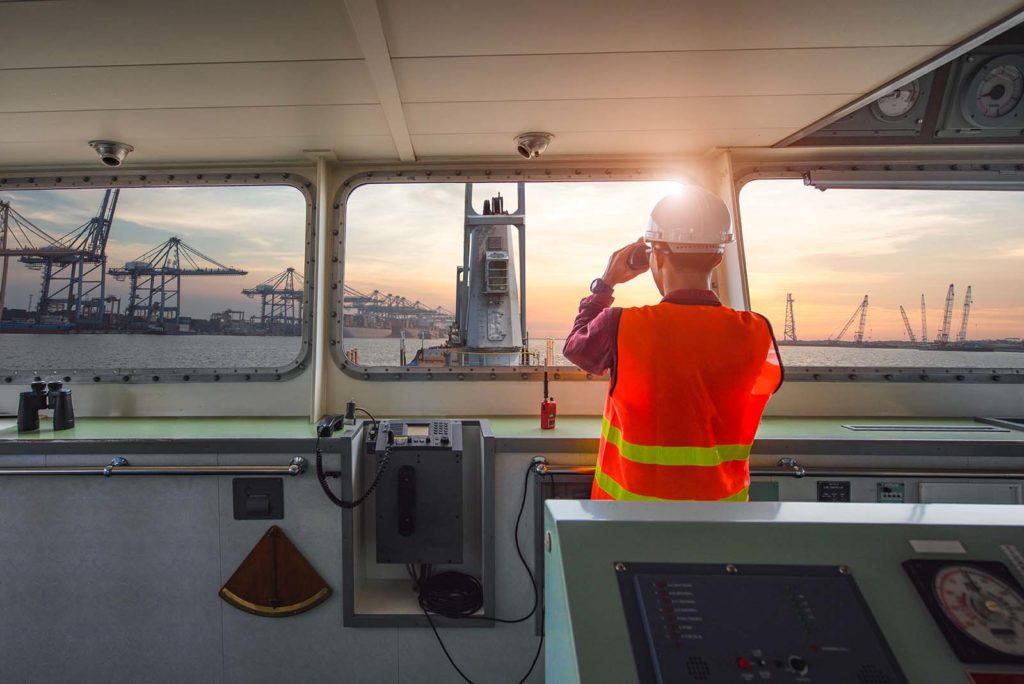
Since AIS was first developed to track the position of ships, it’s not surprising that one of the first broad uses of more robust data gathering was to improve the traffic flow of ships — not just near ports and chokeholds, but over long journeys to maximize efficiency.
Better traffic flow
In the first decade of the century, it was already being realized that the increasing flow of AIS data could be put to good use. A 2009 article in The Journal of Navigation showed that the data was there, though processing it was still in its infancy:
The Automatic Identification System (AIS) has proven itself to be a valuable source for ship traffic information … The number of time-series available for ship traffic and manoeuvring analysis has increased from tens, or hundreds, to several thousands. Sifting through these data manually, either to find the salient features of traffic, or to provide statistical distributions of decision variables is an extremely time-consuming procedure. In this paper we present the results of applying computer vision techniques to this problem and show how it is possible to automatically separate AIS data in order to obtain traffic statistics and prevailing features down to the scale of individual manoeuvres and how this procedure enables the production of a simplified ship traffic model.
A decade later, techniques like AIS trajectory clustering and maritimetraffic simulation models have been developed and refined that improve port traffic management and long-haul efficiencies. With the amount of raw data on hand — and ever-more powerful simulation software — what will be the best course of action in the future can be seen in a model in the here and now. This gives stakeholdersa huge advantage when facing complex scenarios replete with variables like fierce weather, port congestion, ground-transport delays, and even health emergencies like COVID-19.
Improving efficiency
Another area on which AIS data is now being focused is improving the overall efficiency and long-term sustainability of the shipping industry. These efforts range from improving ship design and propulsion systems to the digitization of port operations and customs-related legalities. By streamlining the movement of ships in and out of ports, less energy is consumed since ships aren’t idling or in a holding pattern offshore. That means significantly less air pollution and carbon emissions. This is “low-hanging fruit” that is being picked by using better data to get cargo vessels in and out of ports in a more streamlined manner.
Enabling more precise design decisions
Designing ships to better fit their purpose
Incorporating AIS data into the design of ships themselves, rather than simply the design of their voyages, has been moving forward in recent years as well. As outlined on the webpage of the maritime design and engineering firm C-Job Nikolayev:
C-Job R&D Engineer Matthys Dijkman explains how C-Job is employing the AIS data: “We are combining AIS position data with ship data from our own Reference Database—containing detailed information from more than 170,000 vessels—to reconstruct a vessel’s operational profile. With this knowledge we can design vessels that will better meet their operational requirements …
This approach actually complements our work into Accelerated Concept Design, where we utilise advanced genetic algorithms to create design variations best fit for their design requirements and objectives. The two areas of research generate a broader design profile instead of a single design point, thus optimising a design towards its expected use …
The results of an AIS study combined with the C-Job Reference database are used to discover relationships between type of operation and ship design. This gives a better insight into which design parameters can be best chosen to fill any gaps in an owner’s fleet, thus maximizing potential profitability.
By bringing data about the specific “in the field” experiences of a wide range of vessels to shipbuilders, a better understanding of how vessels are sailed and the conditions they navigate can be incorporated into future designs. This can mean more efficient hulls, better propulsion systems, and cargo holds that maximize capacity while minimizing loading and unloading times by being best designed for particular ports.
This coupling of big data with advanced design drives the construction of bespoke ships that can do the job they are designed for more efficiently, leading to better lifecycle management. Any commercial ocean-going vessel represents a huge investment and maximizing its lifecycle over the long-haul is financially crucial. It also minimizes the consumption of raw materials.
The particulars of each vessel, via advanced modeling based on robust AIS data, can now be tweaked in novel ways based on the wealth of operational data that is now accessible. As outlined by the American Bureau of Shipping (ABS) on its “Leveraging AIS Data to Improve Ship Design and Ship Operation” webpage:
The traditional design method is to optimize vessels for a single standard design point. However, ABS’ AIS data analysis reveals specific operation profiles for selected trading patterns, enabling designers to optimize the hull form for either a specific trade region or a more versatile combination of regional trade routes. This approach can result in significant improvement in hull efficiency and fuel consumption …
With the increase in ultra-large container carriers and the growth of specific regional markets, more feeder vessels are needed. The novel concept enables cost-effective implementation of present and future regulations by applying big data analyses, extensive life-cycle cost analyses and technology readiness. This unique blend of information enables designers to develop vessels for operational efficiency, environmental friendliness and maximum flexibility.
With historic AIS data in hand, designers can both create ships with characteristics that best serve specific trade routes and vessels that, based on already developed in-depth operational profiles, are more likely to be successful in generalized scenarios.
Facing the future with better tools
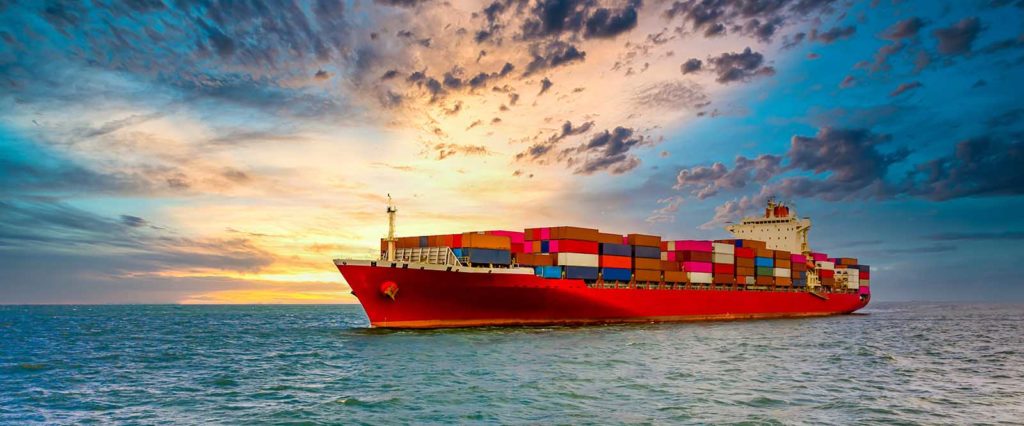
With the consequences of climate change, such as sea-level rise, facing the maritime industry, tools that can be harnessed to improve operations and advance decision-making play a critical role. AIS data is a powerful tool whose positive repercussions are still being explored across the industry.
One of its most beneficial uses is in optimizing the performance of vessels plying the world’s oceans. By making their operations more effective, routing more precise, and port calls more organized, AIS data can help the industry wring out inefficiencies and make it a greener, more profitable enterprise.
 Written by
Written by